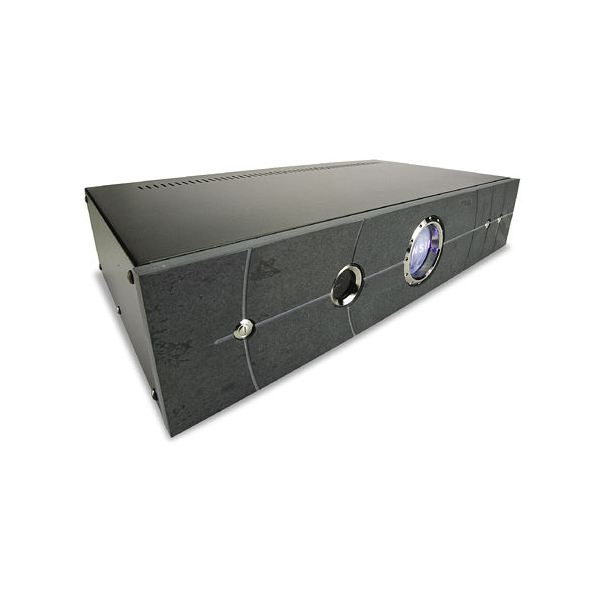3D Home Theater Past and Present
3D and Me
3D may be big in the theaters right now, but being able to see the third dimension at home has long been the Holy Grail. I have to admit that I’ve always loved 3D, yes even when it was The Three Stooges in black and white. But my personal home theater experience with 3D has left a lot to be desired. Stroll along my personal memory lane as we try to see, not just where 3D is going, but if it is going to be worth getting there.
A video game led the way
Back when there was a summer Consumer Electronics Show in Chicago, I remember seeing the game company Activision presenting a game that could be toggled into 3D. In effect it meant the same, less than stellar, graphics but now in red and green watched through the same colored glasses. My “home theater” at this time consisted of a Novabeam front projector (complete with curved screen), and I remember having a lot of fun playing and enjoying the minor 3D effect. At least until the headache that developed topped my endurance level. But what I took away (besides the need for aspirin) was that you needed a big screen or the 3D effect simply wasn’t worth the effort.
Then along came 3D games on computers, tied in with Rube Goldberg-like mechanisms to get it all to work. Liquid shutter glasses appeared on the scene to “fool” the eye in concert with an image on the screen. 3D started to look good, even if it was only for gaming, while places like Disneyworld showed up Michael Jackson in 3D and reminded us it could be done, just not in your home.
Along came Sensio

Flash forward to the mid 2000’s with no real 3D for home theater worth the trouble - till I found Sensio of Canada. These guys were producing a 3D system to use at home, providing that you had specific components in your home theater. Sensio’s system consisted of a decoding box and polarized LCD glasses that worked with an emitter. Some TVs could work with it but a front projector would be better and fortunately that is what I had. You also had to have a DVD player that could output an interlace signal, which was disappearing from the players at the time. Being properly equipped, all I needed to do was output the DVD player’s video signal to the Sensio’s box, with the output going to the Component input of the front projector. I placed the emitter (attached to the Sensio box with a long, long wire) up against the projector screen and was all set.
Except you had to have an encoded DVD, which Sensio provided (sold). These were special versions of commercial discs. There was a movie or two, Spy Kids as I recall being one, but most were Imax versions downgraded to widescreen. So not much to watch and certainly not enough repeat viewings to justify the expense of the system. Even if it did look really cool.
It’s the movies, stupid
That the Sensio box isn’t being sold anymore attests to how unsuccessful it was for the time. But not because of the system, rather because of the lack of software, or in this case movies. The studios weren’t producing 3D movies on a regular basis, so the end result for home viewing (i.e. DVD) didn’t need the added dimension to sell through.

Since the studios are producing 3D films at a more rapid clip now, you’d think that 3D can become more prevalent for home viewing, for watching a Monsters Vs. Aliens, or a Hanna Montana movie, etc. That’s partly true because Blu-ray discs are including 3D versions along with standard, but they’re asking you to pull out those old Red/Green glasses again. Besides the return to head trauma that this can cause, the quality continues to suffer and make viewing the 3D something to put up with, not enjoy for what it is.
Coming full circle may make for good literature, but for home theater, not so much. Aren’t the folks making 3D compatible HDTVs aware of this? Aren’t they offering more than just a hookup to a PC to play a 3D version of Rollerball? Let’s see what I can find out for next time.
